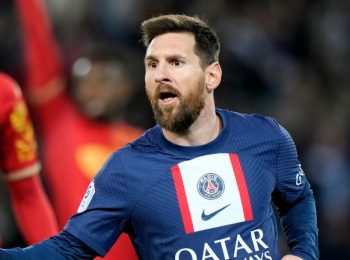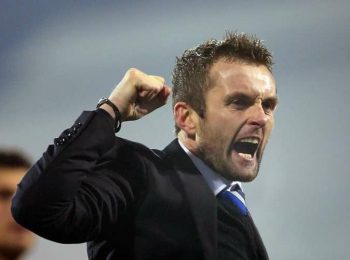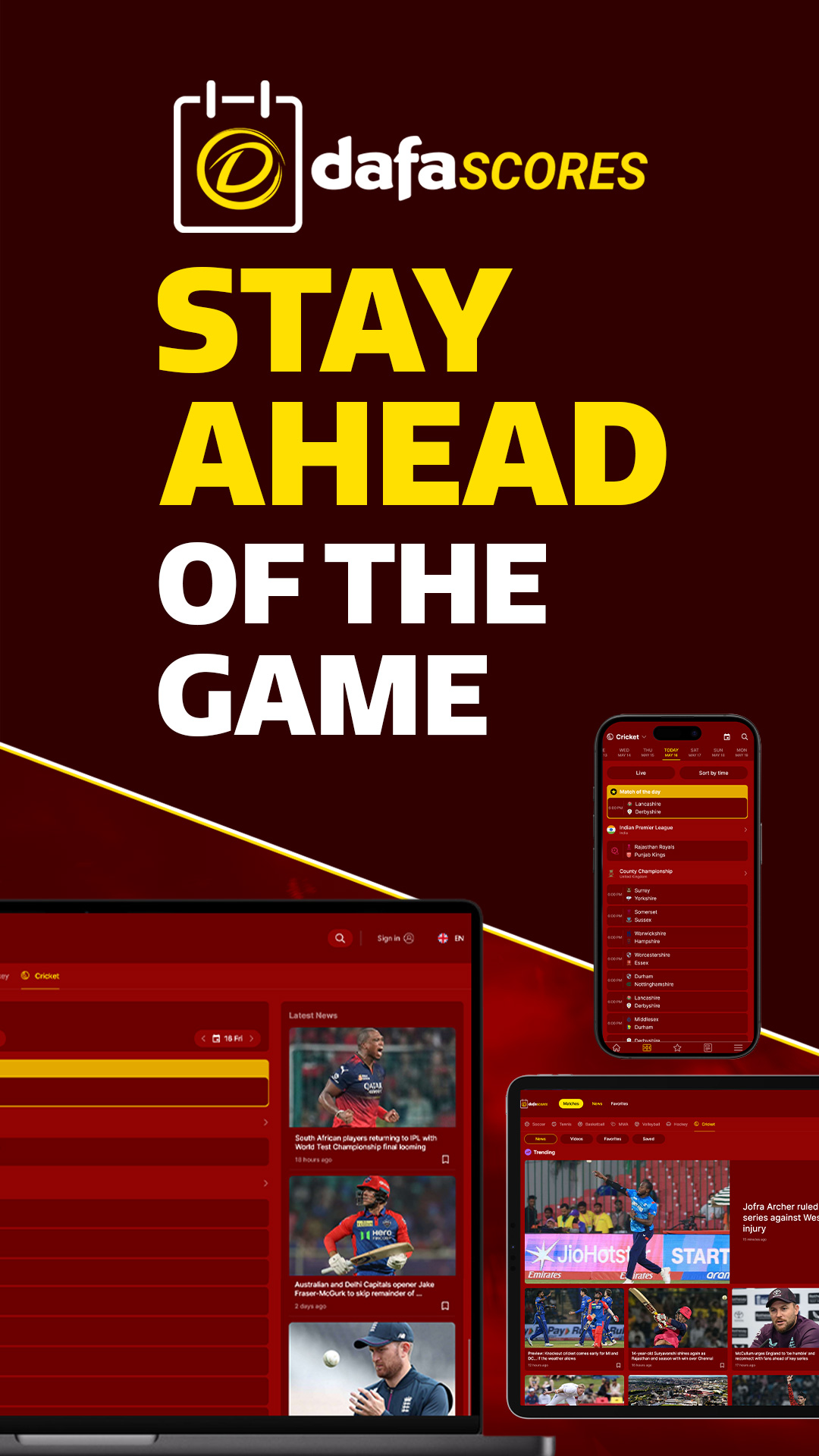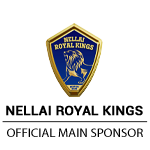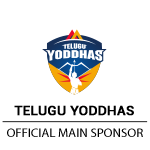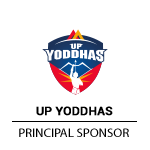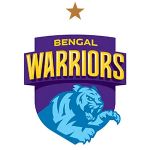The Socceroos face an uphill battle in Group D, now that they have qualified for their fifth consecutive World Cup,
Previous World Cup appearances: 1974, 2006, 2010, 2014, 2018
Titles: 0
Best finish: Round of 16 (2006)
World Cup record: W2 D2 L10
Goals: 13
Biggest win: 3-1 vs Japan (2006)
Player to watch: Ajdin Hrustic (if he’s not injured)
Current ranking: 38
Fixtures: France (November 22), Tunisia (November 26), Denmark (November 30)
Australians traditionally prefer Aussie rules football, rugby or cricket over traditional football – or “soccer” as it is known down under.
Still, sports fans across the country have embraced the Socceroos during the past two decades, thanks to a golden generation of players and four consecutive World Cup appearances.
This year’s tournament will be no different, but expectations will have been tempered after drawing France, Denmark and Tunisia, almost a copy of their 2018 World Cup group, which included Peru instead of Tunisia and saw the Socceroos exit at the group stages with a solitary point.
The golden generation
The Socceroos first qualified for the World Cup in 1974 with a team made up of amateur footballers and crashed out of the tournament, having only scored one own goal.
It would take 32 years for the nation to reach another World Cup when the country’s golden generation, which included Mark Viduka, Harry Kewell and Tim Cahill, finally secured a place at the 2006 tournament in Germany.
This time they got off to a flying start, defeating Japan 3-1 in the opening game. After a loss to Brazil and a draw against Croatia, the Socceroos qualified for the round of 16, where they were narrowly beaten 1-0 by the tournament’s eventual winner, Italy.

Australia would qualify for the next three tournaments but fail to make it past the group stage. Instead, their most memorable moment would come in a triumphant 2015 AFC Asian Cup campaign.
More than 76,000 people packed the Stadium Australia in Sydney to witness a thrilling final that saw South Korea score a last-minute equalizer to take it to extra time before James Troisi popped up in the 105th minute to score the winner and sent the home crowd into raptures.
The current manager, Graham Arnold, took over in 2018 and led the team through a series of lackluster performances in the 2019 AFC Asian Cup. However, redemption came for the Sydney-born manager as Australia qualified for their sixth World Cup via an impressive qualification campaign which saw them beat UAE and Peru in the playoffs.
Balanced squad
This Australian team may lack household names in its World Cup squad, but they bring an exciting balance of experienced and young talent.
In goal, Australia can rely on the steady hands of Mathew Ryan, the former Brighton and Hove goalkeeper who currently plies his trade at Danish side FC Copenhagen.
In defense, Trent Sainsbury is a shoo-in for the center-back position. The journeyman defender, who currently plays for Al-Wakrah in Qatar, made a name for himself in the Dutch Eredivisie and has been capped more than 50 times for his country.
It is in midfield that Arnold will need to make some hard decisions with several players competing for similar positions. Aaron Mooy has impressed in performances for Celtic this season in the number 8 role, where his creativity and sharp passing have resulted in several assists.
Mooy was to be joined by Ajdin Hrustic, but he is now a doubt for the tournament due to injury.
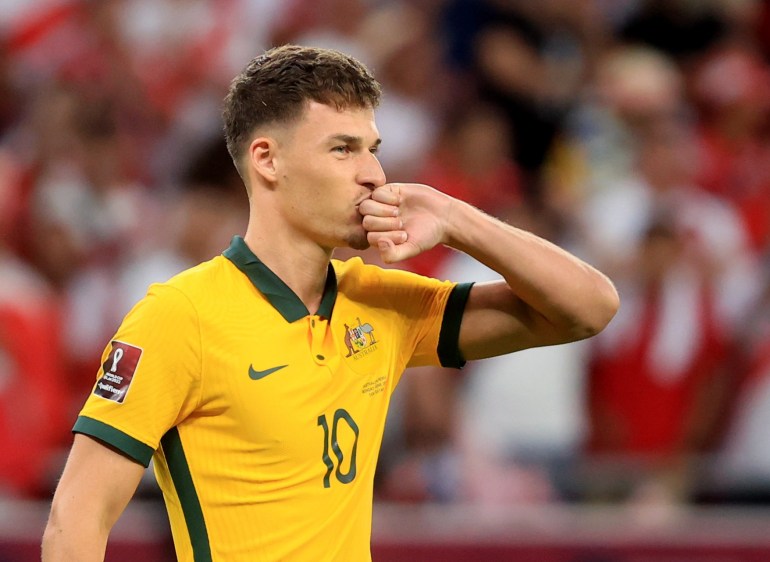
Up front, the pacey Mathew Leckie will most likely be deployed on the wings. The 31-year-old recently returned to Melbourne City after a decade in Germany.
Leckie may be joined up front by Garang Kuol, an 18-year-old wonderkid who came to Australia with his Sudanese family from Egypt as a refugee and recently signed for Newcastle United.
COURTESY AJMN





